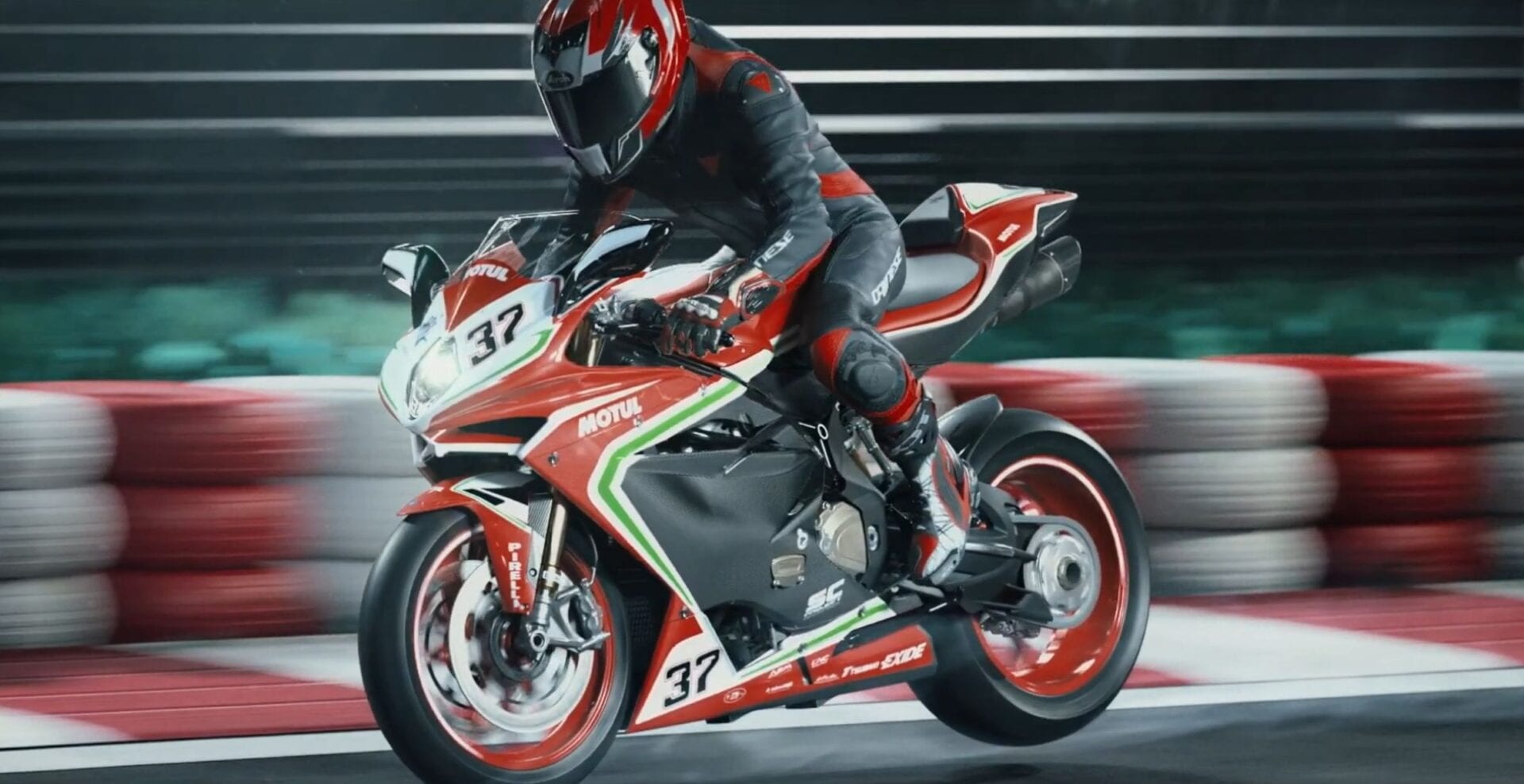
When looking at this area, you’ll want to explore wheel-bases just as closely as you will with steering wheels themselves. Steering Wheel and Wheel Base: The steering wheels on modern racing sim rigs are nothing short of true feats of engineering, affording wildly lifelike tactile feedback and response and allowing for wildly precise control inputs.
Rims racing platforms driver#
This is important depending on the type of racing you plan on doing, as an F1 sim driver will want a markedly more reclined seating position than that of a GT racer. In addition to being adjustable, seats can be modular, and as such can be upgraded.

Seat: A racing sim rig’s seat is often included with the cockpit, though this isn’t always the case. Some of these pedal devices offer tactile feedback, as well as a third (clutch) pedal. Pedals: Mounted at the base of the frame, the foot controls - or pedals - are an instrumental element on any racing sim rig, and like those found in real cars, are often hydraulic and made from metal. Some racers also opt for using VR headsets, as it can be a cheaper alternative to a cutting-edge display that doesn’t compromise on immersion or realism. Curved displays have become increasingly popular amongst sim racers, as have triple monitor setups that wrap around the driver.

Monitor: The monitor or display acts as a sim racer’s virtual windshield and can hugely vary in size and picture quality. Below we’ll briefly touch on the primary components that constitute a complete sim racing rig.Ĭockpit Or Frame: Also known as a “cockpit,” this component is the backbone and frame of a sim racing rig, and as such it accommodates and supports the rest of the rig’s accompanying hardware. And with more state-of-the-art options to chose from than ever before, we’ve thoroughly delved into the space, rounding up the most advanced systems on the market to deliver this guide to the best home racing sim rigs.īreaking Down The Components That Comprise A Sim Racing Rigīefore buying a rig, it helps to understand the basic anatomy of a complete system as well as the individual parts that comprise it.
Rims racing platforms drivers#
In fact, modern sims are so advanced that many of today’s most elite drivers routinely utilize these rigs as a means of training in lieu of traditional track time. While once a fairly niche segment, the influx in popularity of racing sims has ultimately given rise to an increasingly impressive and cutting-edge array of rigs, with moving platforms that pitch and raw, replicating the sensation of g-forces, wrap-around (or VR) displays, and ultra-lifelike control setups with real steering wheels, race seats, three-pedal systems, and hydraulic e-brakes, and H-pattern (or paddle) shifters. As computer and gaming technology has rapidly evolved over the last decade or so, we’re now seeing a growing number of high-end racing simulation rigs that afford remarkably lifelike and realistic driving experiences in turkey packages that can be enjoyed from the comfort and safety of your own home. However, this same group of track day enthusiasts is also privy to the lengthy list of downsides tied to amateur motorsports, such as the physical danger it exposes drivers to and the exorbitant costs that the sport requires for items like safety gear, track fees, the race vehicle itself, and the maintenance, race fuel, tires, and other spares that these machines require. Anyone that’s spent their fair share of time at the race track can tell you that piloting a machine on a closed, purpose-built circuit is one of the most exhilarating and rewarding experiences on the planet.


 0 kommentar(er)
0 kommentar(er)
